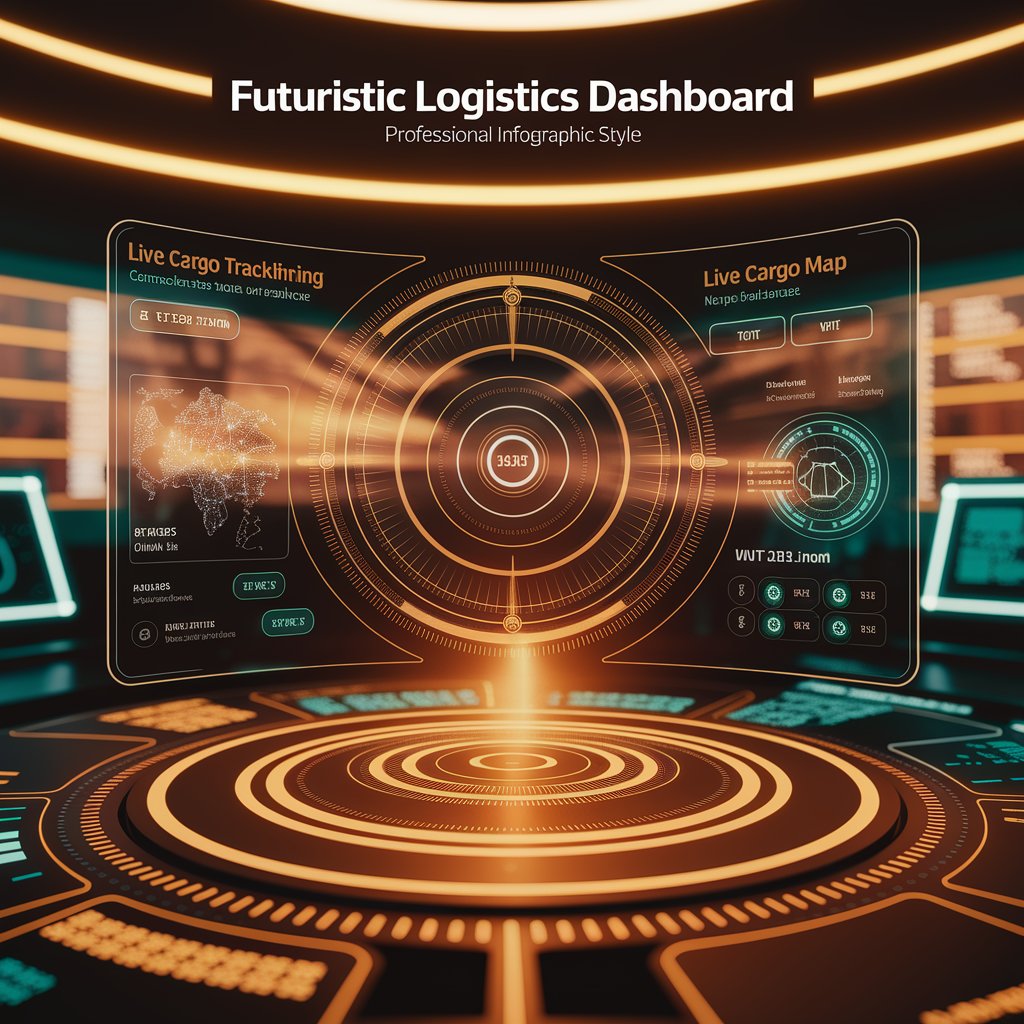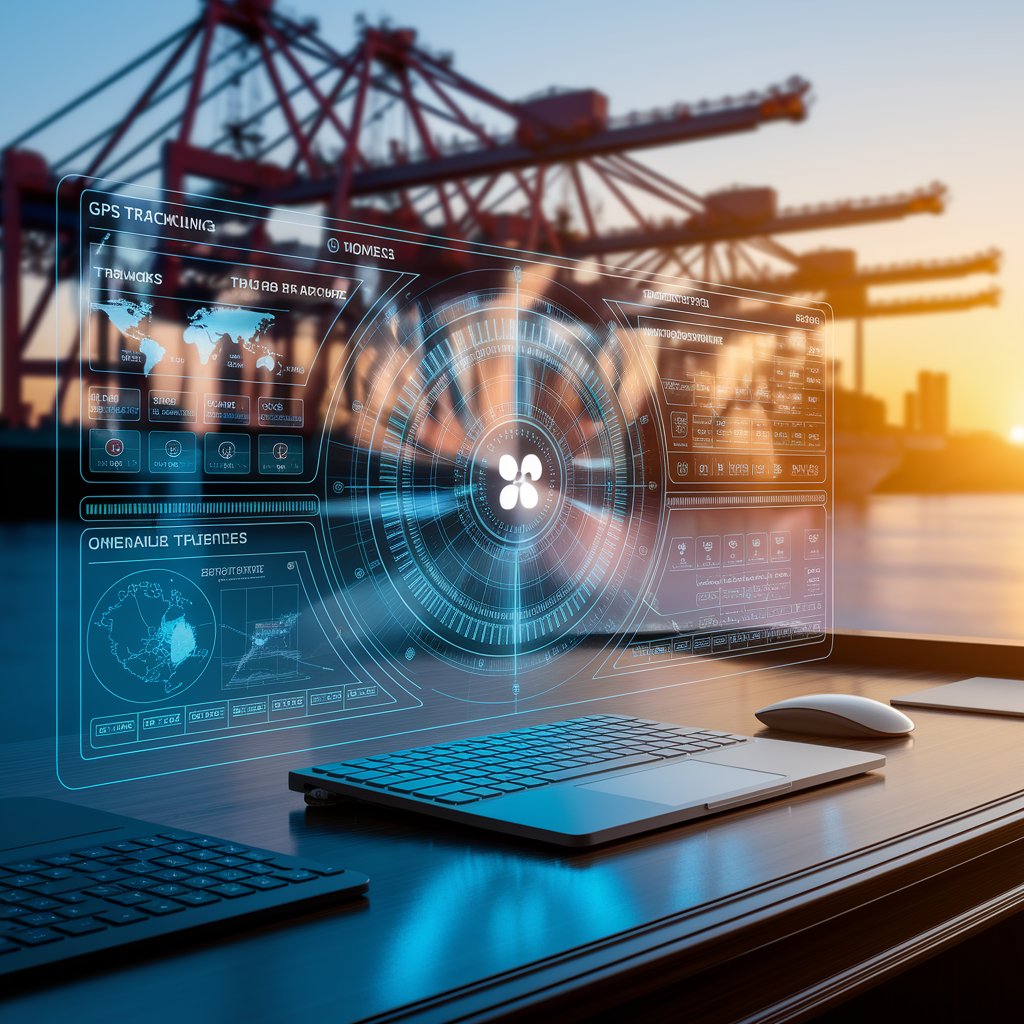Real Time Logistics: Powering Visibility and Agility in Supply Chains

Introduction
Real time logistics is the solution. By combining IoT, GPS, AI, and cloud-based platforms, it ensures continuous visibility, faster decision-making, and greater control over shipments, fleets, and warehouses. For companies seeking agility and resilience, real time systems are the backbone of modern logistics.
What Is Real Time Logistics?
Real time logistics is the continuous monitoring and management of supply chain activities through live data streams. Instead of waiting for static updates, companies receive instant insights on shipment status, fleet locations, inventory levels, and customer orders.
This enables logistics providers to act proactively, improving accuracy and ensuring smooth operations even in unpredictable conditions.

Key Features of Real Time Logistics
- Live Shipment Tracking: GPS and IoT data streamed directly to dashboards.
- Instant Alerts: Notifications for delays, detours, or compliance issues.
- Inventory Visibility: Real-time updates on stock across warehouses.
- Integrated Platforms: Seamless data sharing between TMS, WMS, and ERP systems.
- Predictive Insights: AI models that forecast delays before they happen.
Benefits for Logistics Providers
- Efficiency Gains: Reduce idle time, optimize routes, and streamline workflows.
- Risk Mitigation: Detect problems before they escalate.
- Customer Trust: Provide clients with live visibility and accurate ETAs.
- Cost Savings: Minimize losses from delays, theft, or inefficiencies.
- Scalability: Support higher shipment volumes without compromising service.

Real-World Applications
- Freight Forwarders: Offer clients transparent shipment tracking portals.
- Carriers: Monitor fleets to optimize scheduling and utilization.
- 3PL Providers: Deliver real-time dashboards for customer visibility.
- Retail and E-commerce: Enable accurate delivery updates for end customers.
- Pharmaceutical Supply Chains: Protect sensitive cargo with condition monitoring.
The Future of Real Time Logistics
The next phase of real time logistics will integrate with AI, blockchain, and edge computing. AI will predict disruptions and recommend solutions, blockchain will secure tracking data for compliance, and edge computing will process information closer to the source for faster response times. Together, these technologies will create self-adjusting supply chains that can adapt instantly to global challenges.

Conclusion
Real time logistics is redefining supply chains by delivering agility, transparency, and efficiency. With live tracking, predictive insights, and integrated platforms, logistics providers can cut costs, improve service, and stay competitive in a fast-paced market. For companies seeking to thrive in the digital era, adopting real time logistics is not just an upgrade—it’s the key to building resilient and customer-focused operations.
